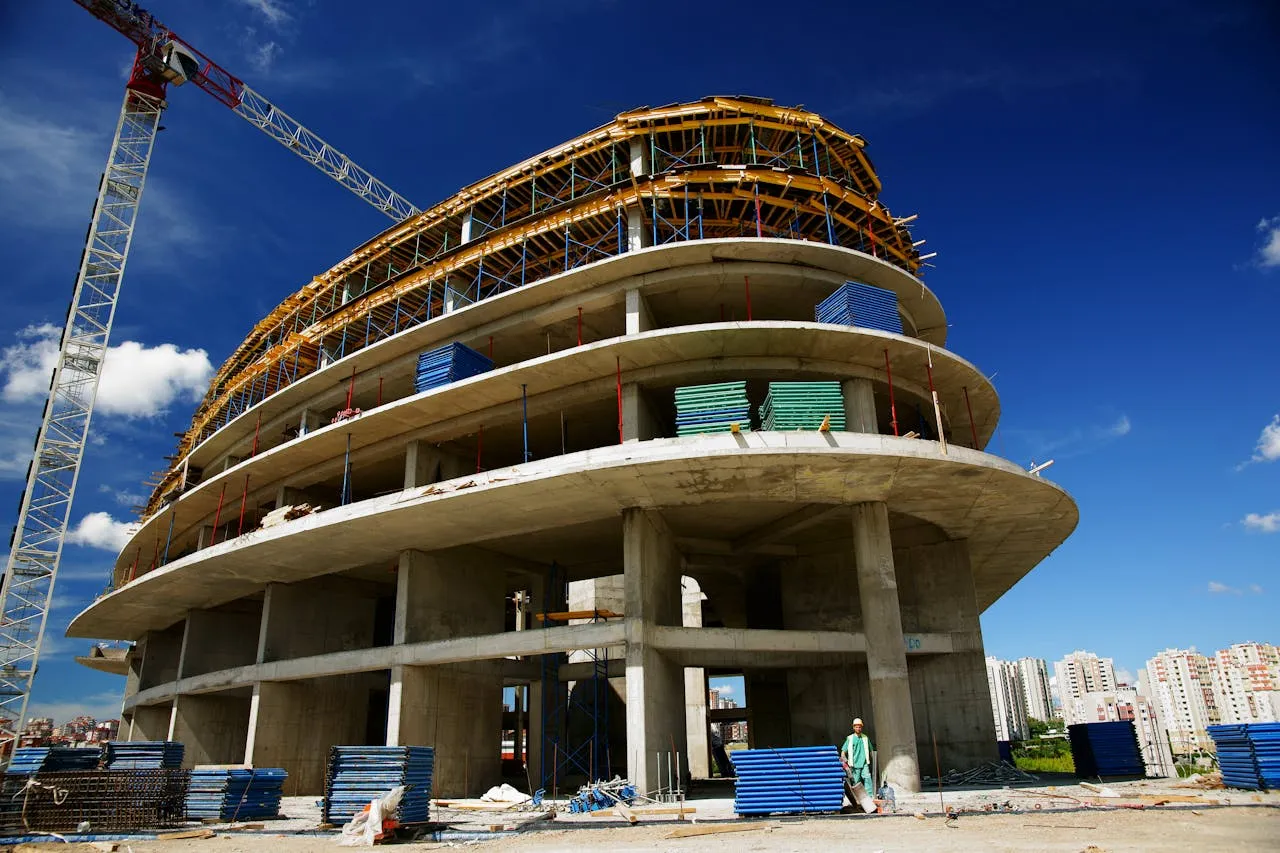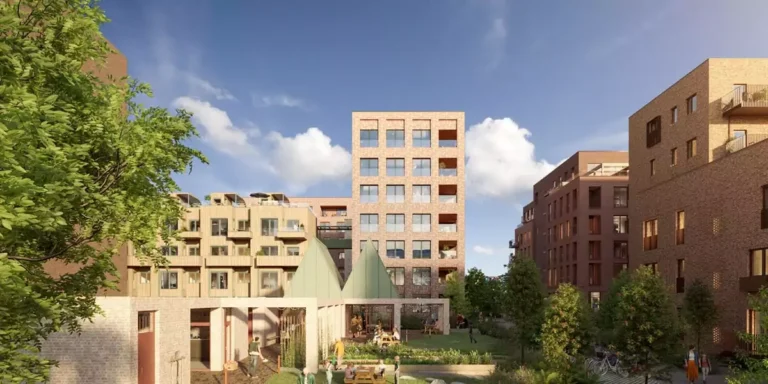
Study Highlights Decarbonization Progress in Industrial Real Estate
BranchPattern, a national sustainability and engineering firm, has unveiled the 2024 Embodied Carbon Benchmark Study – Version 2, offering a comprehensive analysis of embodied carbon emissions in the U.S. industrial real estate sector. This latest study builds on the original research by incorporating data from 94 projects nationwide, developed by leading market players. The study sheds light on how the sector can effectively reduce its environmental footprint through enhanced construction and material selection practices.
Embodied carbon, which refers to emissions resulting from material production and construction activities, plays a significant role in global greenhouse gas (GHG) emissions. It accounts for approximately 11% of total global emissions, with most of these emissions occurring within the first year of a building’s life. Given the growing urgency for climate action, addressing embodied carbon has become a critical priority for the real estate industry as part of its broader decarbonization efforts.
In collaboration with ten major industrial real estate developers—Affinius Capital, Ambrose, Bridge Industrial, Brookfield Properties, Hillwood, IDI Logistics, Link Logistics, Oxford Properties, Prologis, and WPT Capital Advisors—the study identifies key contributors to embodied carbon and explores strategies for reduction.
The updated study reports a slight but meaningful decline in the average embodied carbon intensity (ECI) of industrial core and shell buildings in the U.S. In the past year, the average ECI has dropped from 23 kg CO2e/ft² to 22 kg CO2e/ft², reflecting increased awareness and action by developers, architects, and material manufacturers. This downward trend aligns the industrial real estate sector more closely with international climate targets such as those set by the Science Based Targets Initiative (SBTi) and the Paris Agreement.
A detailed breakdown of emissions in the study highlights major sources of embodied carbon, including concrete usage and pavement-related site work. Recognizing the impact of these factors, BranchPattern recommends best practices for mitigating emissions, such as selecting low-carbon materials, refining design methodologies, and incorporating sustainable innovations in the construction process.

One of the most significant expansions in the 2024 study is the inclusion of site work in embodied carbon assessments, an area often overlooked in industry-standard methodologies. When factoring in site work, the updated analysis shows an increase in the average embodied carbon intensity to 32.1 kg CO2e/ft²—an additional 10.1 kg CO2e/ft² primarily attributed to site paving. These findings underscore the importance of expanding the scope of conventional Whole Building Life Cycle Assessments (WBLCA) to include site work in order to provide a more complete picture of a project’s total carbon impact.
“In the rapidly evolving landscape of sustainable design and construction, the spotlight on carbon reduction has never been brighter. As we navigate the challenges of a changing climate, the need for a comprehensive understanding of carbon emissions in the built environment is paramount. At BranchPattern, we are crafting a sustainable future for all by redefining the way we approach and redress the carbon balance in the built environment,” said Kristy Walson, Principal at BranchPattern.
Historically, the majority of embodied carbon studies have focused on office and multi-family residential buildings, leaving the industrial sector relatively underexplored. By addressing this gap, both the initial and updated versions of the study offer crucial data for one of the fastest-growing segments in the real estate market. These insights empower developers, material suppliers, and contractors to make more sustainable decisions in materials and construction methodologies, facilitating significant reductions in embodied carbon emissions.
Beyond updated benchmarks, the study also refines the methodology used to measure embodied carbon and presents actionable reduction strategies currently being implemented across the industry. A central theme in the findings is the necessity for a collaborative and transparent approach to GHG emission reduction. Encouraging data-sharing and cooperation across the supply chain is seen as instrumental in achieving meaningful progress in decarbonization efforts.
The 2024 Benchmark Study from BranchPattern reinforces the growing importance of embodied carbon reduction in industrial real estate development. By offering detailed insights and measurable benchmarks, the study provides a foundation for industry-wide sustainability adoption. Developers and stakeholders are now better equipped to integrate low-carbon solutions into their projects, reducing their overall carbon footprint and contributing to global climate mitigation efforts.





